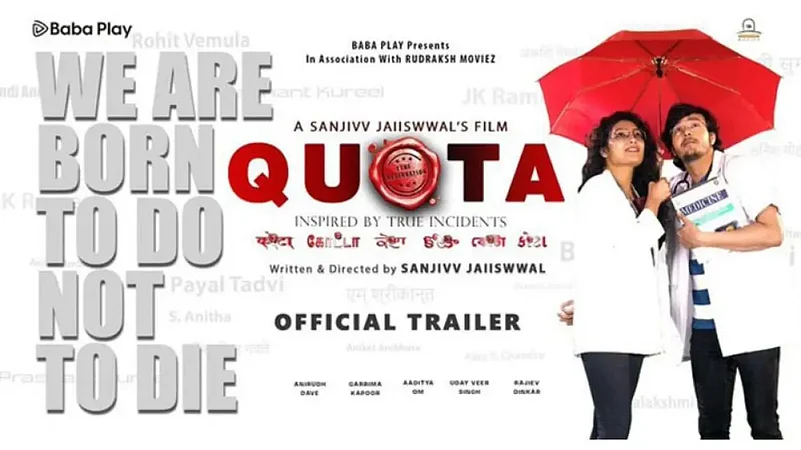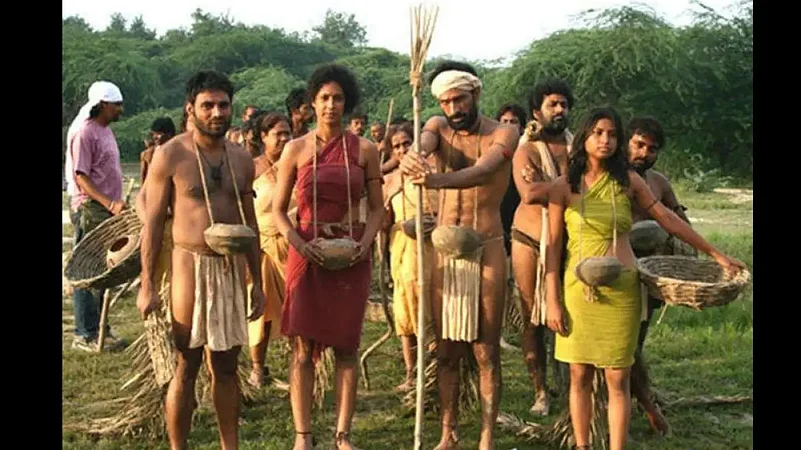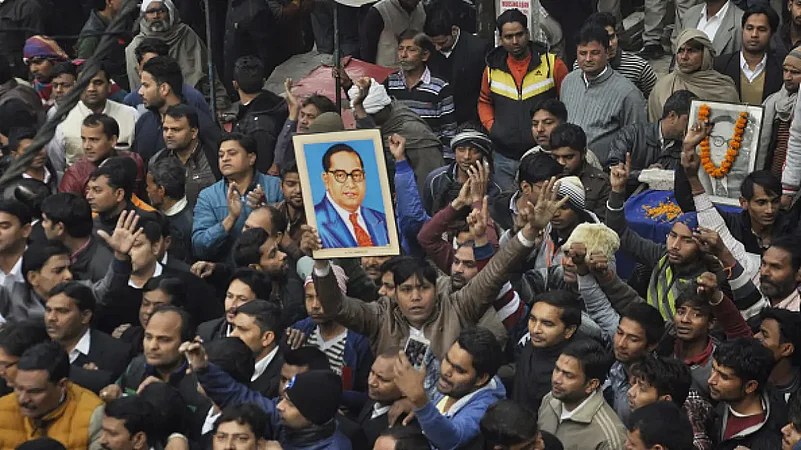Cinema is a mirror to society as well as an instrument for change. For years, cinema has been able to bring inspiring social messages and leave a great imprint in the viewer’s mind. For example, Manoj Kumar’s Kranti and Shaheed, and Raj Kapoor’s Jis Des Mein Ganga Behti Hain burned the flame of patriotism with great vigour back in the day; and even today we can feel the pride. These kinds of inspirational and message-driven cinema are needed if we are to inspire audiences for change. If we can make films on the positive aspects of society, then why do we need to leave out those parts of our society which need introspection?
Advertisement
There have been many positive movies being made on social evils, which have brought about an actual shift in people’s mindsets. Take for example the discrimination against HIV+ people. Owing to the kind of cinema which was made and great messages shared, today the stigma has lessened compared to before.
Out of the many societal evils, casteism is the most entrenched evil in our society and seems to flow like blood in people’s veins. Even historically speaking, it has divided our country and caused foreigners to rule over us. We are not able to move beyond caste. If cinema serves as a mirror, where are the numerous movies which had to be made on this subject pushing for change?
Advertisement
We cannot deny that films on the subject were made but the problem lies in the fact that they were sparse and did not receive the spotlight they deserved. There have been cinematic gems like Neecha Nagar, and Achhut Kanya which were sent to international film festivals but they never made it to mainstream cinema or conversations. In the present time, attempts to make films to rewrite the portrayal of films on lower castes and Dalits positively have been few. South Indian cinema is doing some great work and has given meaningful films on the subject of caste-based discrimination. However, mainstream Bollywood still shies away from the subject.
Back in 2012, when we made the film Shudra: The Rising, we faced innumerable challenges and obstacles. After its release, the audience appreciated it and we even got global acclaim. Our recent film Quota: The Reservation, which was based on Dalit discrimination faced in elite institutions, surpassed expectations and went on to win global awards. However, we did not get screens to give it a theatrical release, owing to the hesitancy still present. Finally, we had to release it on OTT and received much-deserved reach.

When we were making both the films, the aim was to give power and agency to the communities, rather than show them as ‘something’ to be saved. We put a spotlight on their issues and brought their perspective on screen. That was the reason behind scores of people from the Dalit and other lower-caste communities showering us with immense support both on social media and offline.
Advertisement
Also Read | Rewriting History Through Cinema: A Reality?
However, narratives and portrayals of the lower caste and the caste system have not always been perfect and have led to a bad influence on people. As filmmakers, when we take up this sensitive subject, we have the responsibility of presenting the issues in the most authentic and well-researched manner. If the filmmaker tries to manipulate issues in the quest of staying ‘safe’ or in the name of doing something different, then it is a lost cause. Though the narratives are sensitive as compared to earlier films, there is a huge scope to make good, authentic films to give rightful representation to the lower caste and Dalit communities.
Advertisement

The only difference between Shudra and Quota is that the second was released at a time when there is less gatekeeping and more freedom owing to digital, social media channels and OTT. In fact, I would go on to say we are in the best time in history to make more films on casteism and its ill effects on society. If the younger generation is influenced by the right narratives and cinema, we can be hopeful for a brighter future. But one person or few people alone cannot change an entire landscape. We need more filmmakers joining forces and creating original stories on this subject.
Advertisement
(As told to Prateek Sur)
(Views expressed are personal)
(Sanjiv Jaiswal is a writer and director)





















